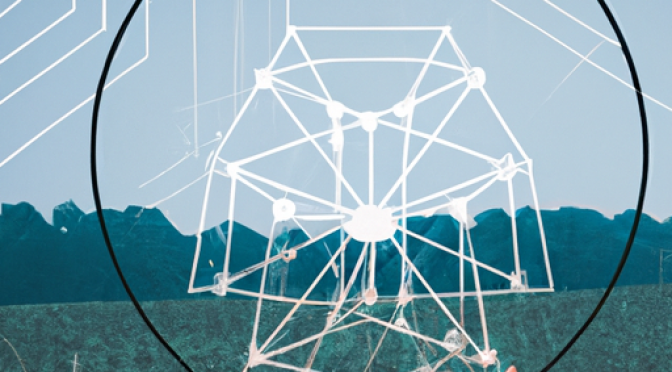Introduction
AI (Artificial Intelligence) and machine learning tools have revolutionized various industries, and sustainable farming is no exception. Through agro-tech advancements, these technologies are transforming the way farmers approach agriculture, enabling them to make data-driven decisions and optimize their farming practices for increased sustainability and productivity.
Enhanced Crop Monitoring and Management
One of the key areas where AI and machine learning have made significant contributions is in crop monitoring and management. By utilizing drones equipped with advanced sensors and cameras, farmers can collect high-resolution imagery of their fields. These images are then processed using machine learning algorithms to identify crop health, detect diseases, and assess nutrient deficiencies. This enables farmers to take timely actions, such as targeted pesticide application or nutrient supplementation, resulting in reduced chemical usage and improved crop yields.
Precision Agriculture and Resource Optimization
Precision agriculture, enabled by AI and machine learning, allows farmers to optimize the use of resources such as water, fertilizers, and pesticides. By analyzing data from various sources, including weather patterns, soil conditions, and crop growth stages, these technologies can provide farmers with real-time insights and recommendations. For example, AI-powered irrigation systems can adjust water usage based on soil moisture levels, reducing water waste and conserving this precious resource. Similarly, machine learning algorithms can determine the optimal amount and timing of fertilizer application, minimizing environmental impact while maximizing crop productivity.
Automated Pest and Disease Detection
Pests and diseases pose significant threats to crop health and yield. AI and machine learning tools offer automated pest and disease detection systems that can identify early signs of infestation or infection. By analyzing data from various sources, such as images, weather conditions, and historical data, these systems can accurately detect and classify pests and diseases. This allows farmers to take immediate action, preventing the spread of pests or diseases and reducing the need for widespread pesticide application.
Smart Farming and Predictive Analytics
AI and machine learning enable smart farming practices by integrating data from multiple sources, including sensors, weather stations, and satellite imagery. By analyzing this data, these technologies can provide farmers with valuable insights and predictions. For example, predictive analytics can help farmers anticipate weather patterns, enabling them to plan their planting and harvesting schedules accordingly. This reduces the risk of crop loss due to adverse weather conditions and improves overall farm management.
Conclusion
The integration of AI and machine learning tools in sustainable farming through agro-tech advancements has revolutionized the agricultural landscape. By enhancing crop monitoring and management, optimizing resource usage, automating pest and disease detection, and enabling smart farming practices, these technologies are reshaping the way farmers approach agriculture. With data-driven decision-making and increased sustainability, AI and machine learning are paving the way for a more efficient and environmentally friendly future in farming.
Tags: AI, machine learning, sustainable farming, agro-tech, crop monitoring, precision agriculture, resource optimization, pest detection, disease detection, smart farming, predictive analytics

